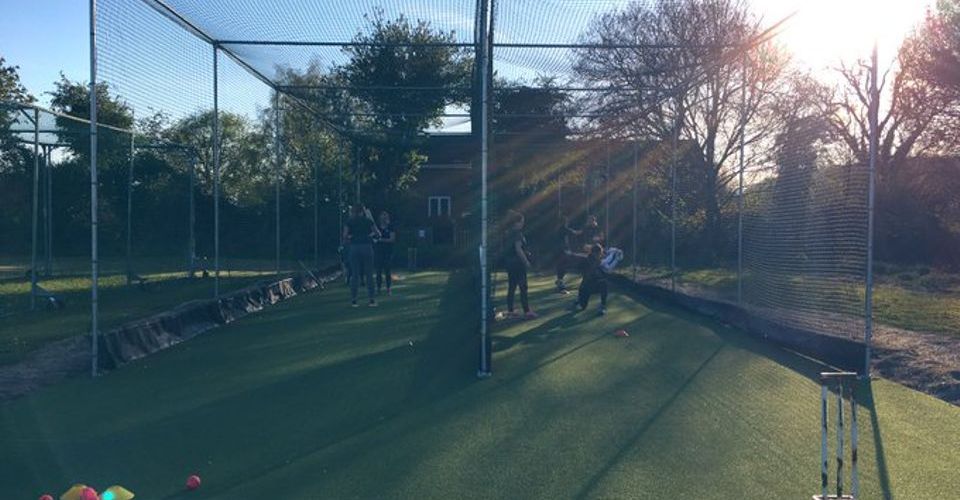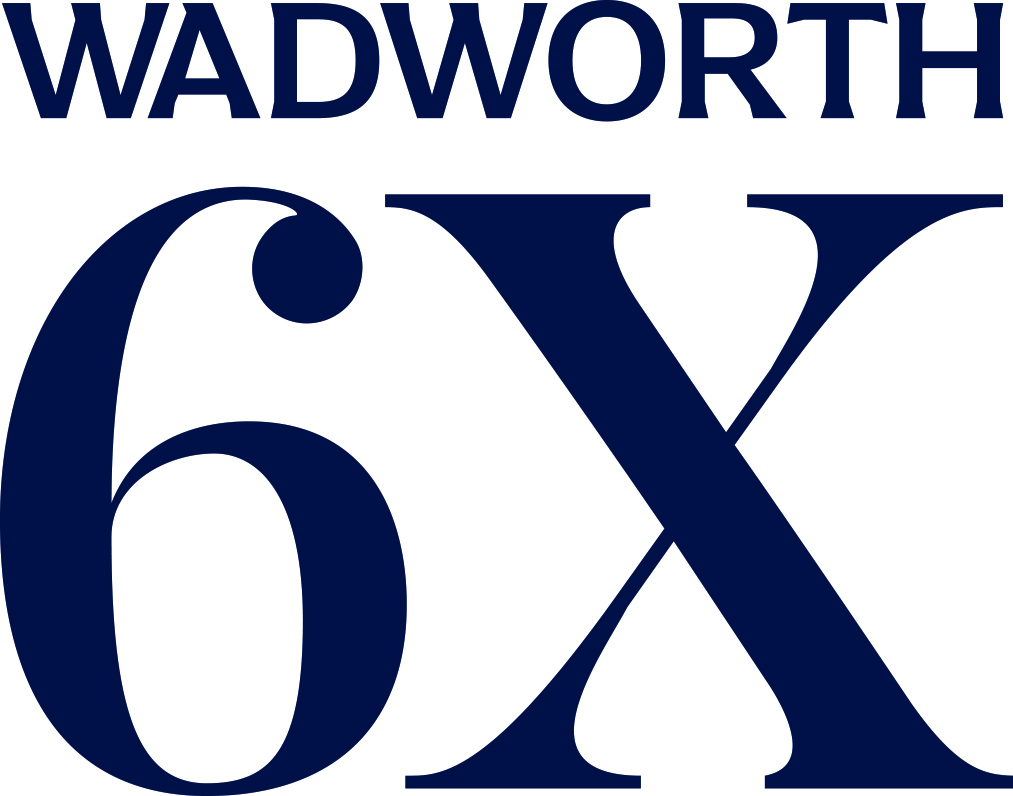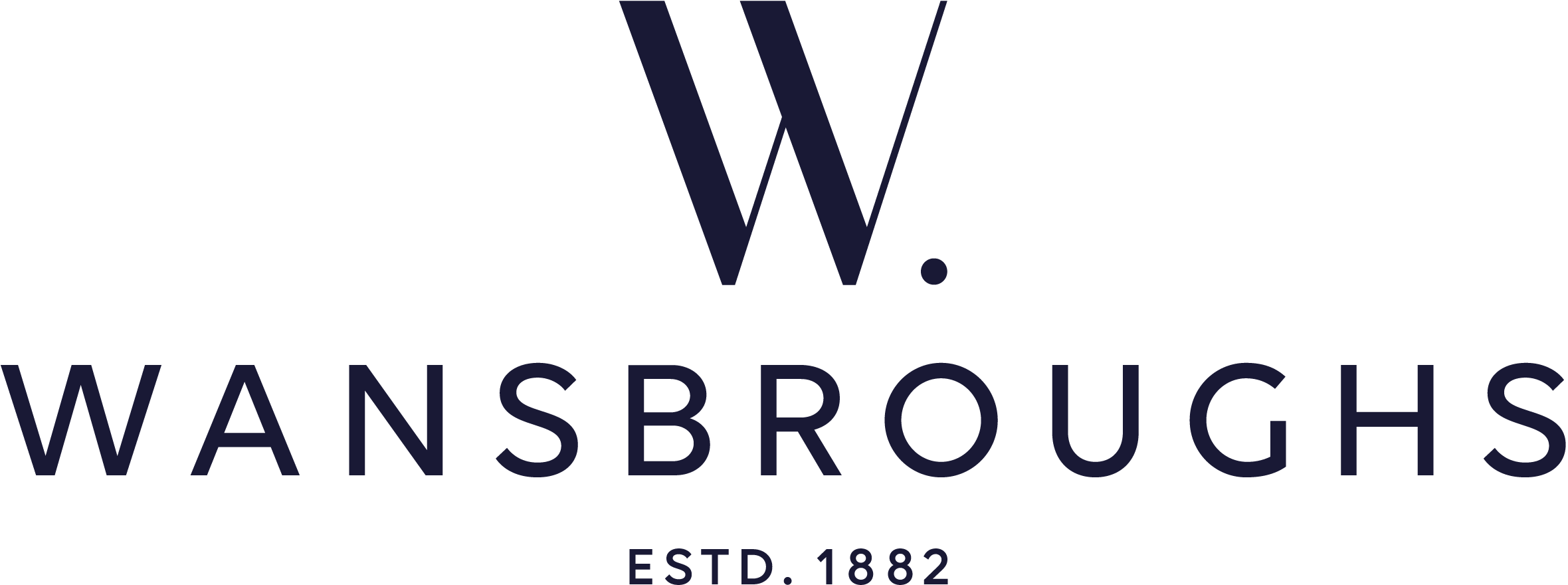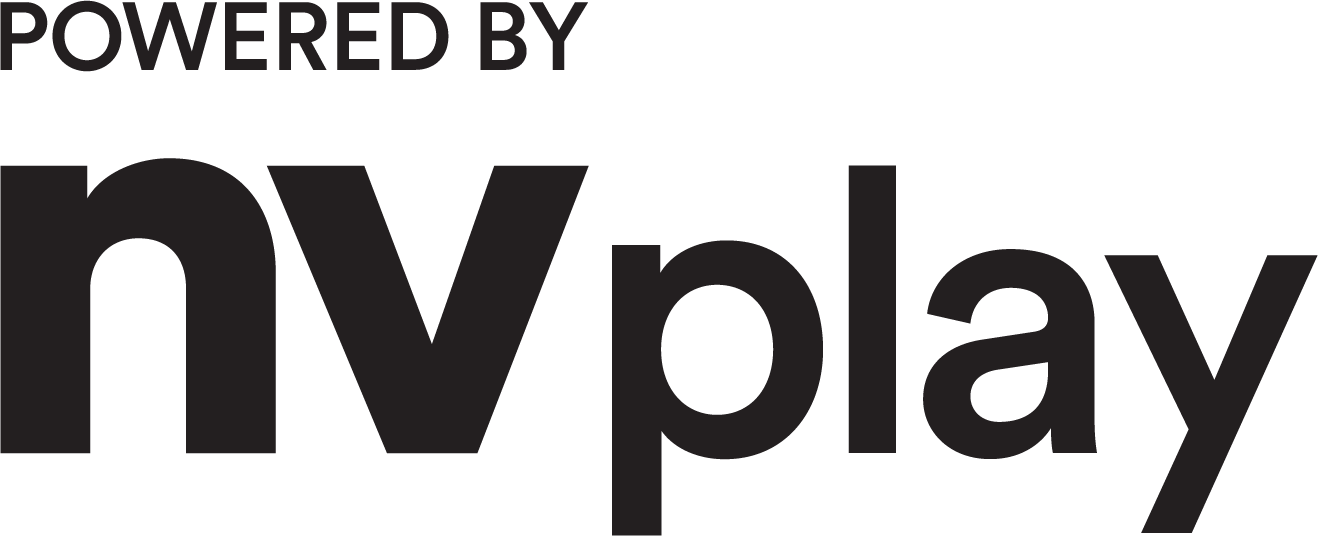Data released relating to participants registered to 2023-2024 Wiltshire Cricket Talent Pathway
As part of a commitment to being transparent around the data we collect from players who register for our Talent Pathway programmes we are sharing schooling and ethnicity data for this winter's Talent Pathway programmes and are pleased to share some of the ongoing and new initiatives planned for 2024.
Demographics of Wiltshire
Before sharing some of the data relating to our Pathway players, we thought it would be important to share some overall data for Wiltshire, taken from the 2021 Census and other credible sources. This is useful in order to understand how our Pathway data compares to the overall data for the county and will help to inform where positive action may be required.
Wiltshire Population
Wiltshire's population and increase since the 2011 census are made up as follows:
| WILTSHIRE | SWINDON | TOTAL |
| 510,330 | 233,400 | 743,730 |
| 8.4% increase | 11.6% increase | 9.3% increase |
There are significant differences in the demography of Wiltshire and Swindon. As an example, rural Wiltshire is in the lowest 15% of population density in the UK, whereas Swindon has 7.2 residents per football-pitch piece of land (up from 6.5 in the 2011 census) making Swindon in the highest 45% population density across the UK.
Young People and Education
- Younger people across Wiltshire experience specific challenges. Children are more likely to be in low-income households and young adults are more likely to be unemployed than the wider population across Wiltshire and Swindon. Relatively high levels of youth unemployment are evident and likely to be linked with low levels of Higher Education participation and low educational attainment of disadvantaged pupils across Wiltshire and Swindon. Both disadvantaged and non-disadvantaged pupils alike are performing worse in Wiltshire and Swindon than across England as a whole on all key GCSE outcomes. More specifically, disadvantaged pupils perform particularly badly across Wiltshire, both relative to non-disadvantaged pupils, and compared to disadvantaged pupils elsewhere in the country.
-
Wiltshire has a wider attainment gap between disadvantaged and non-disadvantaged pupils achieving grades 5 and above (32.2%) compared to the national average (27.5%). The attainment gap between disadvantaged and non-disadvantaged pupils achieving grades 4 or above in English and Mathematics GCSEs in Swindon has grown between 2020 and 2022 and is now also above the national average (28.4% versus 27.7%). Both Wiltshire (17.8%) and Swindon (17.6%) also have relatively high levels of pupils with Special Educational Needs compared with the national average (16.3%).
-
Nationally, estimates are that approximately 5.9% of children at school attend a private school
Ethnicity
In terms of ethnicity, there were 19 ethnic groups identified across England and Wales for the 2021 census. White (British, English, Welsh, Irish, Scottish and N Irish) made up two groups and across the country the proportion in these groups decreased from 87.5% in 2011 to 80.5% in 2021. The remaining 17 groups all increased in size across the country in 2021. The figures look as follows for Wiltshire and Swindon:
| WILTSHIRE % | SWINDON % | |
| Asian, Asian British or Asian Welsh | 2.1 | 11.6 |
| Black, Black British, Black Welsh, Caribbean or African | 1.1 | 2.6 |
| Mixed or Multiple Ethnic groups | 1.7 | 2.8 |
| White | 94.4 | 81.5 |
| Other ethnic group | 0.7 | 1.5 |
| 100.0 | 100.0 |
The figures above demonstrate significantly increasing ethnic diversity in Swindon and also highlight the differences in demography across Wiltshire compared with Swindon. Swindon also saw the South West's largest percentage-point rise in the proportion of people who did not identify with any national identity associated with the UK (from 8.6% in 2011 to 13.6% in 2021). When put together with the data on ethnicity and country of birth, this further reflects increasing diversity in Swindon.
Deprivation
More than 15,000 children are living in poverty in Wiltshire, representing 19.4% of those age 16 and under in the county. This figure is lower than 2014/15 but shows only a marginal improvement. While deprivation levels are relatively low overall in Wiltshire and Swindon, there are pockets of deprivation, with 28 LSOA neighbourhoods (20 in Swindon and eight in Wiltshire) ranked among the most deprived 20% in England. These communities are likely to be particularly vulnerable to the impacts of the rising cost of living. Relatively high levels of personal debt, with average debt levels per head higher in both Swindon (£737) and Wiltshire (£681) than on average across the South West (£558) and England (£576) add to deprivation.
The fuel costs for accessing services are likely to be greater in Wiltshire as it is a largely rural county and generally experiences longer travel times to key services than the national average. 11 areas in rural Wiltshire rank among the most deprived 1% in England on the Indices of Deprivation 2019 Geographical Barriers domain (which measures average road distance to four key services.
The median school in Wiltshire has 14% of its pupils entitled to free schools meals.
Social Mobility for Young People
The University of Exeter study covering Somerset, Devon and Cornwall shows a striking lack of social mobility for young people and this can also be seen in Wiltshire and Swindon, both of whom have lower proportions of pupils from state schools entering Higher Education (39.4% and 30.7%, respectively) than the national average (40.3%). Tidworth has the lowest rate in Wiltshire with only 21.6% of pupils going on to Higher Education.
Wiltshire Cricket Talent Pathway Data
The following data is taken from registrations for our 2023-2024 Talent Pathway programmes. In sharing this data, we would make the following acknowledgements:
1. This is the first year that we have captured and shared such data. Going forwards we intend to share similar information on an annual basis.
2. In future years we will aim to collect more information and data around our Talent Pathway participants in order to measure trends and to help inform any relevant programmes or pieces of work related to our Pathway
Wiltshire Cricket Talent Pathway - School Data
The Pathway consists of the following groups:
Girls - Under 11s (2 programmes), Under 13s (2 programmes), Under 15s, Under 18s
Boys - Under 10s (2 programmes), Under 11s (2 programmes), Under 12s (2 programmes), Under 13s (2 programmes), Under 14s (2 programmes), Under 15s (2 programmes), Under 16s, Under 18s
For the 2023-2024 Talent Pathway winter programme, we have received 289 registrations, comprising of 209 boys and 80 girls. Here is some analysis of those registrations from a schooling perspective:
| ALL PATHWAY PLAYERS (Girls and Boys) | |
| 289 registrations | |
| 157 from State schools | 54.32% |
| 122 from Private schools | 42.21% |
| 7 not disclosed | 2.42% |
| 3 home schooled | 1.04% |
| BOYS BREAKDOWN (All age groups) | |
| 209 registrations | |
| 111 from State schools | 53.11% |
| 91 from Private schools | 43.54% |
| 5 not disclosed | 2.39% |
| 2 home schooled | 0.96% |
| GIRLS BREAKDOWN (All age groups) | |
| 80 registrations | |
| 46 from State schools | 57.5% |
| 31 from Private schools | 38.75% |
| 2 not disclosed | 2.5% |
| 1 home schooled | 1.25% |
| UNDER 10S - UNDER 13S ANALYSIS (Girls and Boys) | |
| 166 registrations | |
| 94 from State schools | 56.62% |
| 65 from Private schools | 39.16% |
| 5 not disclosed | 3.01% |
| 2 home schooled | 1.20% |
| UNDER 14S - UNDER 18S ANALYSIS (Girls and Boys) | |
| 123 registrations | |
| 63 from State schools | 51.22% |
| 57 from Private schools | 46.34% |
| 2 not disclosed | 1.63% |
| 1 home schooled | 0.81% |
Wiltshire Cricket Talent Pathway Ethnicity Data
| ALL PATHWAY PLAYERS (Girls and Boys) | |
| 242 White - English / Welsh / Scottish / Northern Irish / British | 83.74% |
| 30 Asian / Asian British Indian / Pakistani / Sri Lankan |
10.38% |
| 6 Mixed White / Asian | 2.07% |
| 2 Mixed White / Black Caribbean | 0.69% |
| 3 White - Irish | 1.04% |
| 1 Black British / Caribbean | 0.35% |
| 5 Not disclosed | 1.73% |
Wiltshire Cricket Plans for 2024 and beyond
We would start with reiterating that we are capturing and sharing the data above in order to be transparent and also to better understand the demographics of players involved in our Talent Pathway, and beyond.
We believe that the aspiration of all Cricket Boards should be to increase the number of people playing the game, and to increase opportunities and reduce barriers for those who may be unable to access the game currently. These principles apply at all levels of Cricket, not just within the Pathway, but we believe that by understanding the barriers and attempting to address them we will naturally see a greater number of players from a diverse range of backgrounds becoming involved in the Pathway. However, this will not be an overnight fix and instead is something that we will need to work on over a period of time, tracking progress along the way.
In the meantime, we will continue to focus on delivering a high quality Pathway for those involved in it right now, recognising that in its own right the Pathway has a responsibility for supporting players from all backgrounds to reach their full potential.
A look back on 2023
Before looking to the future, we would share the following achievements and initiatives from thee 2022-2023 winter and 2023 playing season. These build on the additons that we also made for the first time in the 2022 season:
- In total, we played 212 representative matches (an increase from 178 in 2022) across our girls and boys teams.
- In conjunction with Gloucestershire Cricket we ran our first ever Bio banding day for our Boys Under 12s - Under 15s
- We introduced Strength and Conditioning and Pilates in to our County Boys and Girls programmes for the first time
- We started the process of supporting our network of club coaches with education around our Talent Pathway Framework and Skills framework videos via our Club Coach Development workshops
- We modified our Talent Pathway trial process ahead of the 2023-2024 trials, by introducing the following changes and additions:
- Talent Pathway Support fund - The Wiltshire Cricket Golf Day rasied over £8,000 to further enhance the available funds through the Talent Pathway Support fund. This fund supported players with the full cost of their winter programmes, summer match fees and equipment needs. Financial support went to players from families with parents unemployed, suffering from long term health conditions, receiving Government benefits or receiving free school meals
- Financial Assistance with programme cost - Via funding support from ECB, a total of £27,800 was invested in to the Pathway to discount the cost of winter programmes for qualfying players
- Three Girls have been selected for the Western Storm Academy and four girls for the Western Storm EPP for the 2023-2024 winter
- Seven Boys were selected to represent either Hampshire or Gloucestershire in Academy or upper end county matches during the 2023 playing season
- All achievements and performances celebrated at our end of season awards evenings for Girls and Boys, with our generous sponsors supporting both events
A look ahead to 2024
As we look ahead to 2024, we will continue to build on the many Operational achievements from the last two years listed above and will continue to embed our Pathway frameworks and selection processes. In terms of looking at the data shared above, we also have the following plans that will be emerging, some of which will be funded through the funds raised for our Talent Pathway Support funding, some through additional ECB investment in to our EDI Action Plan, and some via a realignment of existing resource:
- Introduction of State School representative fixtures - We will be running a number of State School only representative fixtures in 2024. This will not reduce any current opportunities for players but will instead be an additional offer
- Introduction of MCC Foundation Hubs - We are working with MCC to introduce new Hubs to Wiltshire from the start of the 2024-2025 academic year. The MCC Foundation Hubs are for children from state schools not selected for a Talent Pathway. We will promote these hubs to children who are unsuccessful with selection to a Talent Pathway programme
- Launch of Listening to Children Policy - We believe listening to the views of children and having a safe process for this is crucial. We will very shortly be launching our new Listening to Children policy with guidance for coaches and a process for children to provide feedback on their pathway experience
- Pilot research programme in to the barriers to participation in Cricket - As alluded to above, we believe there is a key piece of work needed to truly understand the reasons why children do not access Cricket within an existing environment (school, club etc.) Therefore, we are looking to commission a research project with a lead school in Wiltshire with the aim of hearing from a cross section of pupils and teachers with regards their views on Cricket
For more information on anything in this article, please contact Peter Sykes or Tom Morton:










